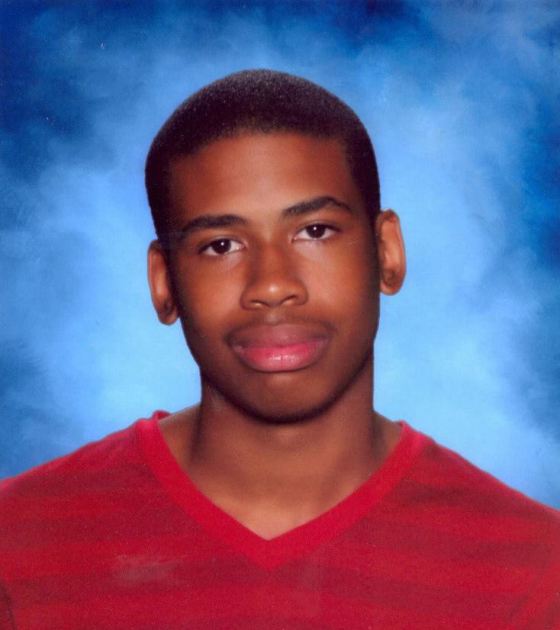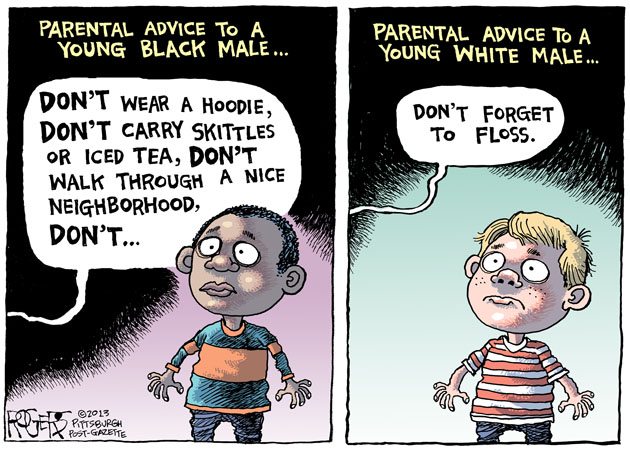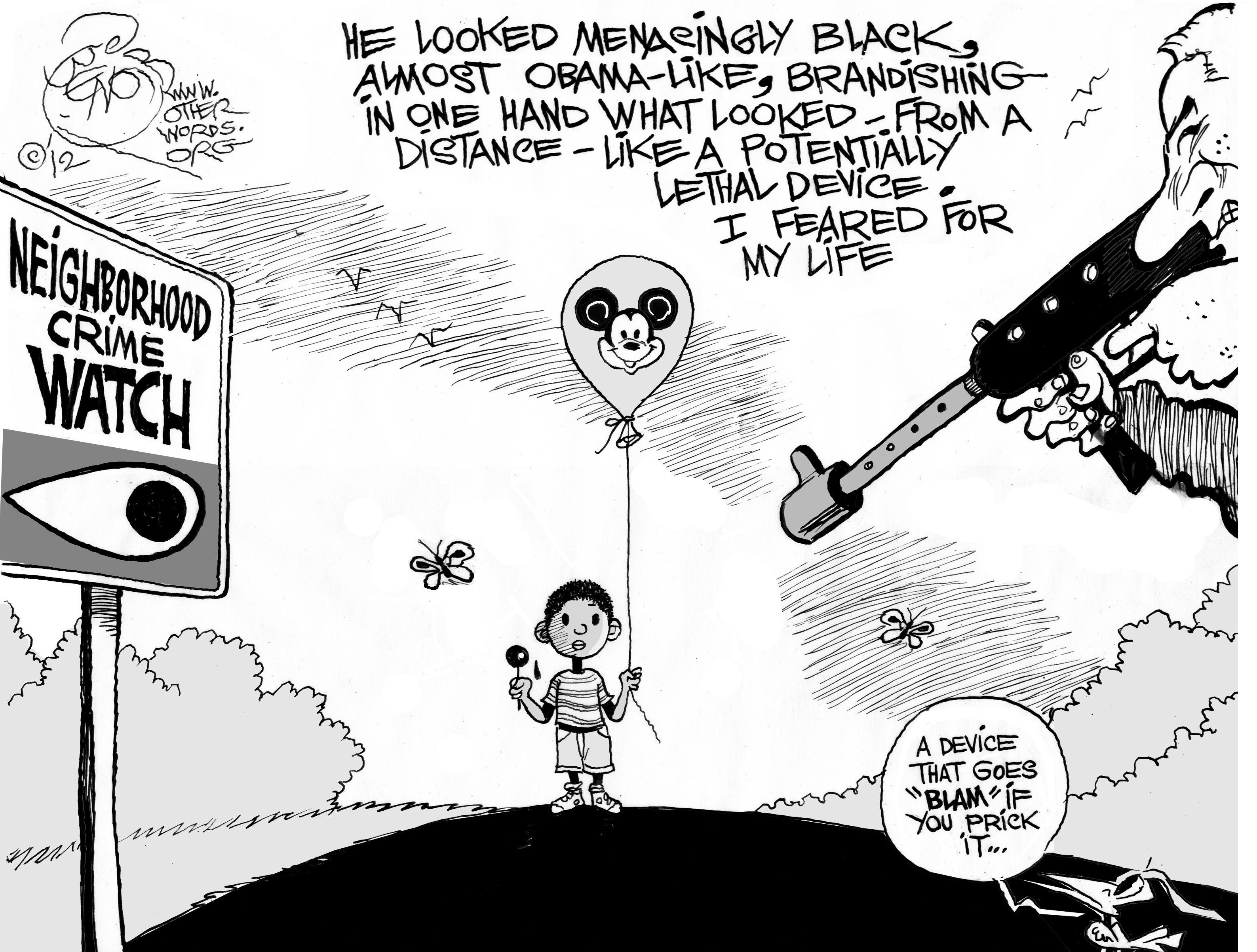As Ebola continues to make its way into everyday news and into the lives of many families, people continue to question how and if this disease will be treated. As the disease spreads to the United States and now throughout parts of Europe, the topic of racial profiling plays a significant role in people's belief towards the treatment of Ebola patients.
Since Ebola is generally portrayed as originating from African, West African, or other countries that are made up of mostly blacks, colored patients in the United States often feel as though they are being blamed for taking the disease across borders, regardless of the fact that there is no link to race and the disease. As a result, the families of colored patients that have deceased from Ebola are beginning to accuse the American health care system of racism.
A recent article in the New York Times tells the story about a Liberian man named Thomas Duncan and his outraged nephew, Josephus Weeks. A few weeks back, Duncan attained Ebola in Liberia, unbeknownst to him.
 |
| Thomas Duncan |
Weeks explained to the Times that Duncan made a stop at the Texas Health Presbyterian Hospital in Dallas with flu-like symptoms. He explained to the physicians that he was indeed on his way to the United States from Liberia. Duncan, however, did not have nearly enough money to pay for hospitalization, nor did he have any health insurance. Weeks explains the situation by stating, "...he was a man of color with no health insurance and no means to pay for treatment, so within hours he was released with some antibiotics and Tylenol" (Kozlowska). Experts say that if Duncan was turned away by the hospital for his race and lack of insurance, it was not inconsistent with the practices that they have seen by physicians in the past. However, because of the disparities in treatment of black patients in the United States health care system, “there’s cause for suspicion that when a dreaded disease such as Ebola strikes and the visible face of the victims are black then the racial double standard instantly kicks in"(Kozlowska).
Seeing as there exists a belief of disparity in treatment of colored patients in the United States health care system, many people have developed the suspicion that a large number of physicians practice racism. When asked about the treatment among Ebola patients throughout American hospitals, colored patients often report cases of racism where the white patients get preferential treatment and often take precedence over the colored patients in terms of care and attention.
 |
| This illustration, by artist Andre Carilho, expresses the extent to which some people, such as Weeks, view the American health care
system in their treatment of black patients. The picture depicts rows of
hospital beds that hold all black patients except for one, who is
white. The only patient that is receiving attention is white, while all
of the black patients lay unattended to and uninterested by the media. |
|
Weeks continues to make his arguments about the racism among the physicians in Dallas by asking the question of how it is possible that all white patients are receiving proper care, while his uncle, a colored patient, received medicine 8 full days after visiting the hospital. Dr. Anthony Fauci, a world renowned physician, responds to Mr. Weeks' claims by stating that he completely understands how he feels. Many people, when losing a loved one, look for answers and search to obtain them with misguided views as a result of dealing with the pain. Although Weeks would fail to believe this to be true, Fauci believes that the initial misdiagnosis was not a result of racism, but rather merely a mistake, and that once the proper diagnosis was made, Duncan received excellent care (Wright).
I strongly recommend that you view the Video It very interesting to see how passionate people are becoming about the topic of race and mistreatment of patients. Later on in the article, author Robin Wright records the reaction of this mishap by Duncan's girlfriend, Louise. She stated that she was praying to God to at least give Duncan a chance by providing the care that American folks are receiving. What is interesting is that she complains about two white missionaries who were affected in Africa and that once they got back to the United States, they immediately received proper care. After reading these articles and watching the videos it is difficult to see how a misdiagnosis of a colored male from Liberia does not constitute any possibility of racism.
Something that struck my attention was that Dr. Fauci stated the Dallas hospital which Duncan visited has a history of dealing with multicultural patients. Obviously, this case is held in higher regard than most because it deals with such a recent, nationally-feared disease like Ebola (Wright). This situation reminds me of several Supreme Court practices that we read about in the New Jim Crow. The Supreme court made it so that in order to prove racism in the police force, one had to have concrete evidence. However, it is essentially impossible to prove someones morals, especially when they are denying accusations. Based off this idea, it is possible that racism does indeed exist in the health care system in which it is incredibly difficult to prove based on someones 'honor'. Just a thought!
So I wonder: Is this the case of a simple misunderstanding or is there a much deeper, more racism-based explanation?
Work Cited:
Kozlowska, Hanna. "Has Ebola Exposed a Strain of Racism?" New York Times, n.d. Web. 21 Oct. 2014.
Wright, Robin. "The Implicit Racism in Ebola Tragedy."
CNN. Cable News Network, 01 Jan. 1970. Web. 20 Oct. 2014.















